How to Build a Greener Driveway
http://decor-ideas.org 01/22/2014 03:24 Decor Ideas
The next time you hear the rhythm of rain as it drums overhead, grab your boots and venture outside to follow the rainwater’s journey. After it hits your roof, where does it go to next?
If your home is like most, the water probably travels down gutters, through downspouts and onto an asphalt driveway, picking up traces of pollutants such as petroleum and pesticides along the way. Down a street gutter it goes, eventually finding its way into a storm drain. This may be as far as you can visibly follow the journey, but it certainly doesn’t stop there. Much stormwater runoff finds its way into nearby rivers and lakes.
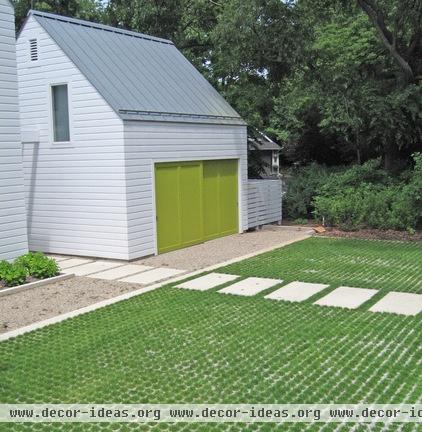
Redirecting stormwater into the ground is a much greener option. Microorganisms in the soil are able to digest the pollutants, purifying the water on its path back into the aquifer. Allowing the water to seep into the ground also helps prevent the erosion of nearby waterways caused by runoff.
By replacing your impervious asphalt or concrete driveway with a permeable surface, you’ll be supporting groundwater recharge while also visually softening your property.

The first step in installing a permeable driveway (sometimes referred to as a sustainable drainage system, or SuDS) is deciding which design will work best for you.
Open-cell pavers are simply concrete pavers with holes that can be filled with a pervious material. Filling the cells with vegetation can soften the entire look and add a bit of green to your site.

The open-cell pavers shown here provide the minimum surface area a car would need to navigate the path.
What’s underneath the pavers is what really counts. A solid base is key to minimizing heaving and cracking. You will need a 6-inch subbase of 1½-inch clean rock topped with a 4-inch base of ¾-inch clean rock, to make the driveway stable enough for cars to pass over it. The paver system goes on top of that. A polyurethane liner should be used near any foundation walls or concrete that needs to be protected from water flow-back.
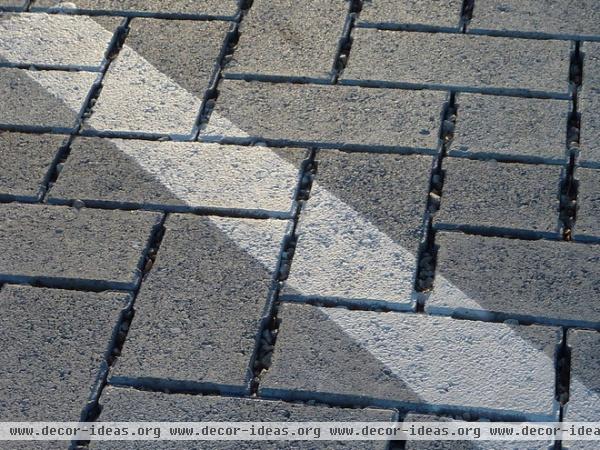
Pervious pavers commonly have joints filled with aggregate to allow water to penetrate between the pavers. Tabs are formed into each paver, providing the correct joint width and making installation easier. As with open-cell pavers, a sturdy base is required.
Some ceramic pavers are actually porous themselves, allowing the water to pass through the surface directly, instead of through the gaps between. This means the gap can be narrower and doesn’t have to be refilled with aggregate as often — a common chore with other pervious paver systems.
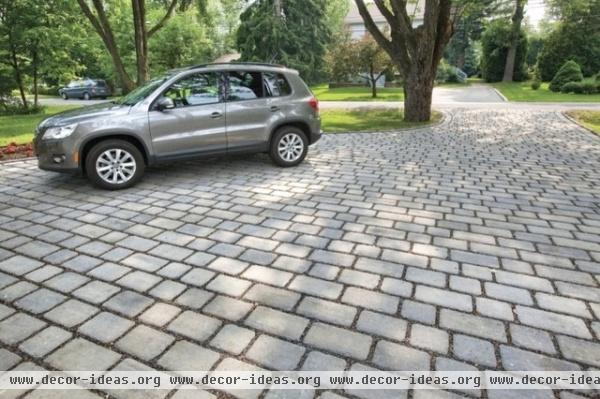
Due to the small size of the pavers, cracking or heaving is not an issue in cold climates.

Gravel is another surface to consider. It will also need a base underlayment to maximize its pervious nature. Usually this is a plastic mat made up of circular or honeycomb cells structured to provide load-bearing support. These cells are filled with gravel and help keep rainwater in the soil and out of sewers.
If you are in a climate that has a lot of snow, and your driveway commonly needs plowing in the winter, gravel can require more maintenance.
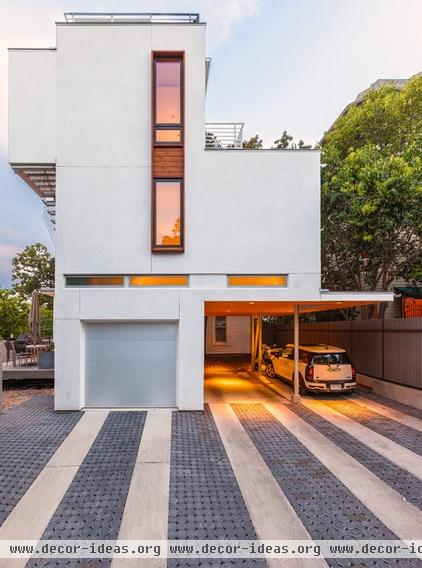
A combination of systems can be used, too. Pavers and concrete strips together give this driveway visual interest.
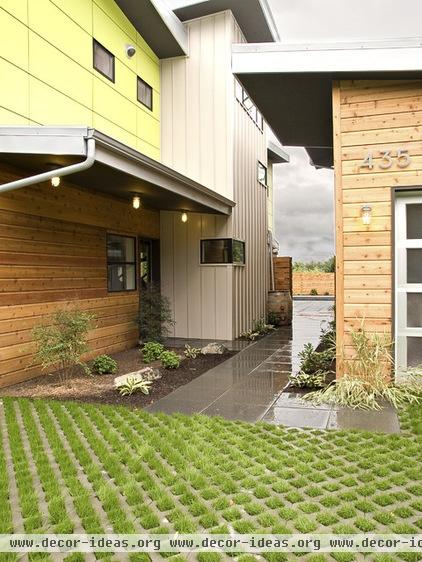
When you have decided on a system and are ready to install it, look to redirect as much of the water as possible from your patio, roofline and downspouts to the new permeable area, so you’re capturing as much runoff water as possible.
Systems like this open cell with vegetation allow water to pass through as much as 40 percent of the surface area.
Most jurisdictions enforce land-use codes that limit the buildable area on a lot. Many also include a maximum amount of impervious surface area allowed on a parcel. The driveway is a great place to include more permeable area, especially if the lot is small.
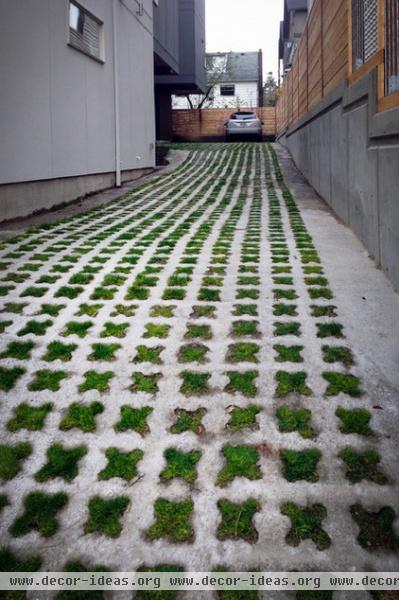
Interested in adding a permeable driveway? Here’s more info:
Who to hire: You’ll need an excavator to dig a trench for the system and a landscape crew to put in the paver system — especially if you use concrete and don’t want to mix and place the concrete yourself.
Considerations: Find out what type of soil you have. It could range from sand (fast drainage time) to clay (longer drainage time).
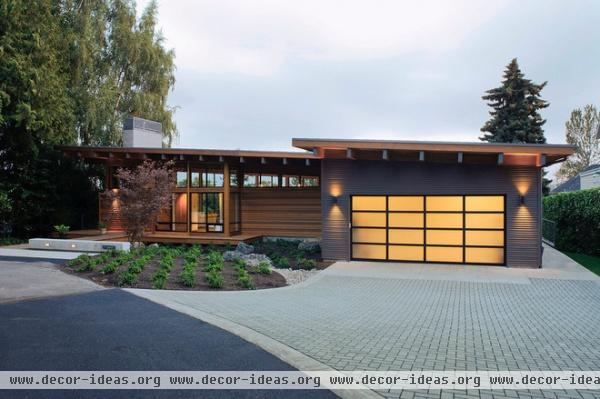
Permit: Check with your local municipality. Usually a permit is not needed for driveways less than 18 inches above grade and not over a basement or other building story.
Best time to do this project: Late spring or summer, when the weather will cooperate. Construction during winter in colder climates is not recommended due to frost-depth issues.
Project length: One to two weeks.
Cost: $3 to $10 per square foot.
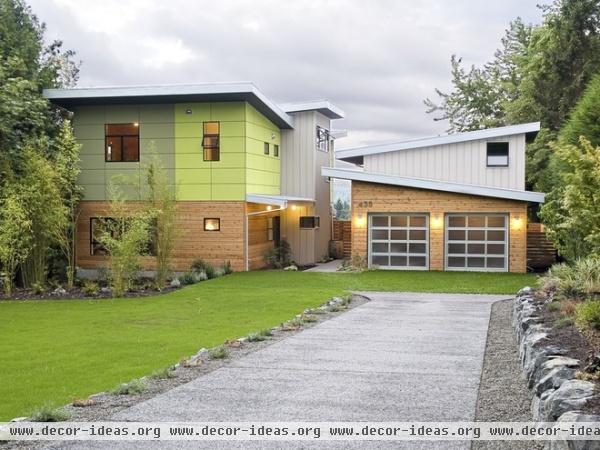
By installing a permeable driveway, you’ll be directly protecting the integrity of our natural resources, supporting groundwater recharge and adding green space to help balance carbon dioxide levels.
More: Easy Ways to Manage Stormwater for Lower Bills and a Healthier Earth
Related Articles Recommended












